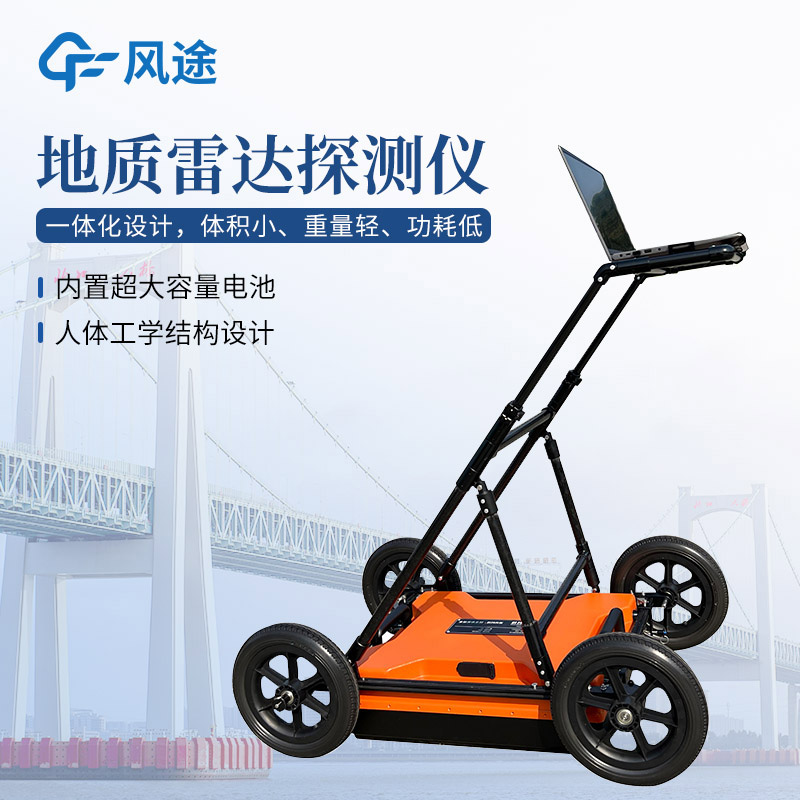Tianyi Sensor IOT Technology Co., Ltd
Sales Manager:Ms. Emily Wang
Cel,Whatsapp,Wechat:+86 15898932201
Email:info@fengtutec.com
Add:No. 155 Optoelectronic Industry Accelerator, Gaoxin District, Weifang, Shandong, China

Sales Manager:Ms. Emily Wang
Cel,Whatsapp,Wechat:+86 15898932201
Email:info@fengtutec.com
Add:No. 155 Optoelectronic Industry Accelerator, Gaoxin District, Weifang, Shandong, China
time:2025-03-25 10:22:05 source:Weather Station viewed:9 time
Some enterprises, in order to reduce wastewater treatment costs, secretly discharge untreated sewage directly into the external environment or municipal pipelines through illicitly installed concealed pipes. For example, a company in an industrial park discharged high-concentration phenol-containing wastewater into an abandoned ditch via a concealed pipe, causing pollutant levels to exceed standards by hundreds of times. Another garment company used a three-way valve to mix wastewater into the domestic sewage network to evade treatment costs, leading to long-term consequences.
Due to the strong concealment of these pipes, they are difficult for law enforcement to detect. Additionally, insufficient daily inspections by regulatory authorities and outdated technical methods indirectly encourage illegal wastewater discharge. Therefore, advanced technical means are needed to identify and trace these concealed pipes.
The concealed pipe detector, also known as Ground Penetrating Radar (GPR), can penetrate the ground surface and identify underground pipes of different materials.
It works by emitting high-frequency electromagnetic waves (e.g., 250MHz or higher) to detect underground structures. When the electromagnetic waves encounter pipes or other interfaces with differing media, they generate reflected signals. By analyzing the time, amplitude, and waveform characteristics of these signals, the precise location, depth, and direction of the concealed pipes can be determined.
FT-DZLD1, developed by Fengtu Technology, is an integrated geological radar detector designed for non-destructive underground detection. It is suitable for detecting metal or non-metal targets in complex geological environments. The device uses high-frequency electromagnetic wave technology (antenna frequency 200MHz) to penetrate the ground and analyze reflected signals, achieving precise imaging of underground structures.
It can be used to detect the distribution of urban underground pipelines (including non-metal pipes such as PVC and PE), identify the location and direction of concealed pipes, and is suitable for investigating hidden projects such as illegal discharge pipes and communication pipelines.
Beyond this, it can also detect underground voids, karst formations, collapses, and other geological anomalies, assisting in disaster warning and management. Additionally, it can investigate poor geological bodies for road and bridge site selection, inspect tunnel construction quality, and provide advanced geological forecasts.
Its Advantages:
The host and antenna are integrated, weighing only 8kg, and support wireless connection to computers or tablets, making it suitable for mobile field operations.
The sampling frequency is adjustable from 0.2-100GHz, with a time window range of 1-20000ns and a scanning speed of 200 lines/second, enabling real-time display of pseudo-color images, waveforms, or grayscale images.
It comes with a built-in 200MHz shielded antenna (expandable to multiple frequency bands) and can operate continuously for 8 hours, meeting the needs of all-weather operations.
For further information on equipment procurement or technical details, please contact the manufacturer for practical case studies and customized solutions.

In the agricultural field, the traditional extensive irrigation method relying on experience is likely to cause either water resource waste or insufficient irrigation. With the rise of precision agriculture, different crops have varying requirements for soil temperature and humidity at different gro...
Meteorology and soil moisture are two fundamental elements in agriculture. Meteorology determines the "timing" of agriculture, while soil moisture reflects the "favorable geographical conditions". Together, they form the environmental framework for crop growth.The dynamic changes...
Cultural relics carry the memories of human civilization and are precious non-renewable resources. Meteorology, as an important part of the natural environment, has an intricate connection with the protection of cultural relics.Meteorological conditions are directly related to the preservation...
The Nine - element PV Weather Station is a meteorological monitoring device specifically designed for photovoltaic power generation systems.Distributed photovoltaic power generation is mainly for self - consumption by users on the user side, and the surplus electricity is fed into the grid. The norm...